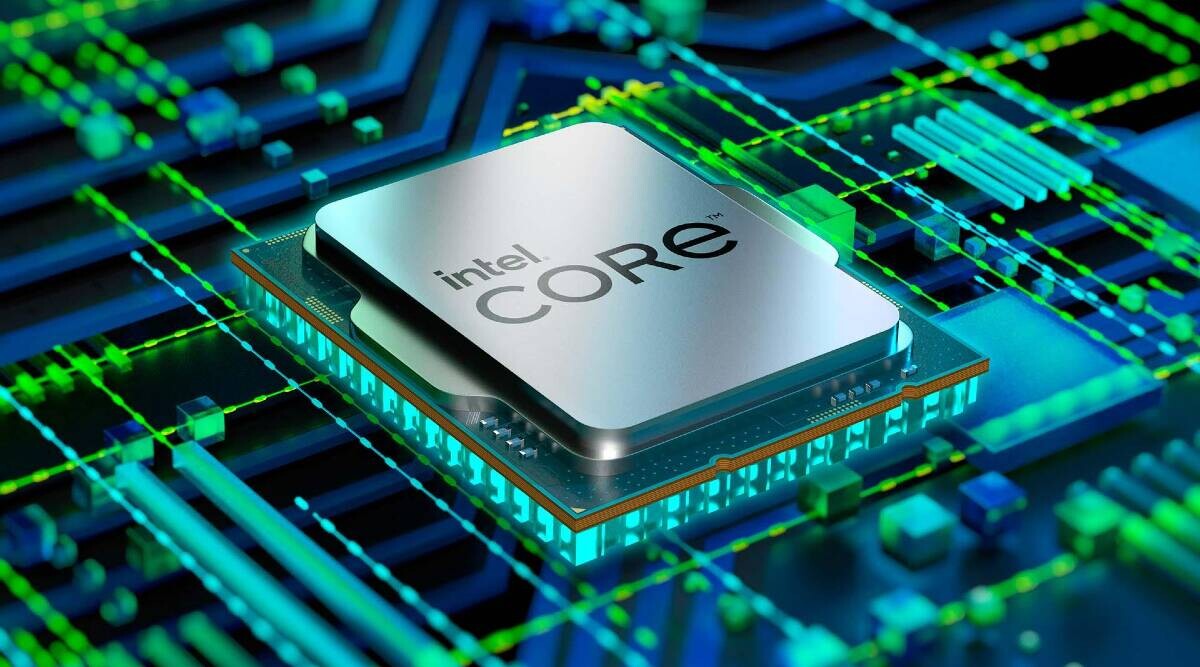
Nomenclature of Intel Processors
Understanding Intel® Product Naming Conventions:
- The processor number is just one of several factors—along with processor brand, system configurations, and system-level benchmarks—to be considered when choosing the right processor for your computing needs.
- Distinguish product brands, brand modifiers, generations, SKUs, and product lines from Intel® processor names.
- Intel builds specific processors to serve affordable computing sold under the Intel® processor.

New Streamlined Brand Naming Convention
Intel is introducing a new simplified brand – Intel® Processor – for affordable computing. Starting in 2023, these affordable computing products will be simply branded as Intel® Processor, instead of Intel® Pentium® and Intel® Celeron® processor.
This new, streamlined brand architecture will allow Intel to sharpen its focus on flagship brands, including Intel® Core™, Intel® Evo™, and Intel vPro®. Additionally, this update will streamline brand offerings across PC segments to enhance and enable Intel customer communication on each product’s value proposition. The new brand architecture is also expected to provide customers a simplified purchasing experience by serving as a brand name for multiple processor families.
Intel will continue to deliver the same products and benefits within segments. The new Intel Processor brand will leave Intel’s current product offerings and roadmap unchanged.
Brand Modifier
Intel® Core™ processor series include a brand modifier before the remaining parts of the model number. Intel® Pentium® and Intel® Celeron® processors do not use this naming convention. Today, the Intel® Core™ processor series includes the brand modifiers i3, i5, i7, and i9. Higher brand modifier numbers offer a higher level of performance and, in some cases, additional features (like Intel® Hyper-Threading Technology). For example, within a given processor family, an i9 will outperform an i7, which will outperform an i5, and outperform i3.
Generation Indicator
After the brand and brand modifier comes the processor’s generation indicator. Intel® Processor generations are identified in the processor number in most Intel® Core™ processor brands, with the generation being listed after the dash. When a processor has four or five digits, the first one or two digits represent the generation. For example, a processor with the digits 9700 is a 9th Gen processor, while one labeled 12800 is a 12th Gen processor.
*Note: Intel® Processor and Intel® Core™ i3 N-series will follow the current N-series naming convention which does not include a generation indicator in the number format.
For 10th Generation mobile Intel® Core™ processors, the Intel naming scheme differs slightly (see below). However, the first two digits in the product number will be 10.
SKU Numeric Digits
For the majority of Intel® processors, the final three digits of the product number are the SKU. SKUs are generally assigned in the order in which processors in that generation and product line are developed. A higher SKU within otherwise-identical processor brands and generations will generally have more features. However, SKU numbers are generally not the best indicator for comparison across different generations or product lines.
Product Line Suffix
The SKU suffix is another key indicator of the processor’s capabilities. These remaining differences are indicated by a letter-based product line suffix. For example, within the Intel® Core™ processor series, U indicates a processor that has been designed for power-efficient laptops or 2 in 1s. Meanwhile, XE indicates an “extreme edition” processor for desktops designed for maximum performance.
Intel® Core™ Processors
To learn more about Intel® Core™ processor numbers, refer to the appropriate generation below.
13th Generation Intel® Core™ Processor Family
The 13th Gen Intel® Core™ processor family advances performance hybrid architecture with up to eight P-cores and up to 16 E-cores offering a superior creating and gaming experience. These processors deliver highly flexible architecture and industry-leading tools for the ultimate performance customization.
For more information, visit the 13th Gen product page.
12th Generation Intel® Core™ Processor Family
12th Gen Intel® Core™ processors introduced performance hybrid architecture delivering superior performance where you need it most. They combined Performance-cores and Efficient-cores to elevate gaming, productivity, and creation.
For more information, visit the 12th Gen page.
11th Generation Intel® Core™ Processor Family
11th Gen Intel® Core™ processors introduced a core and graphics architecture with IPC gains enabling AI-assisted acceleration, best-in-class wireless and wired connectivity, and advanced tuning features for performance boosts so you can do more.
For more information, visit the 11th Gen page.
10th Generation Intel® Core™ Processor Family
10th Gen Intel® Core™ processors balance frequency, cores and threads for advanced tuning support, and blazing connectivity enabling improved experiences and productivity for gamers, content creators, and mainstream users.
For more information, visit the 10th Gen page.
6th to 9th Generation Intel® Core™ Processor Families
Processor numbers for 6th through 9th Generation Intel® Core™ processors start with a single digit indicating the generation number, followed by a three-digit SKU number.
When applicable, an alpha suffix appears at the end of the processor name, representing the processor line. Intel® processor letters following the SKU may contain an additional one or two letters.
Intel® Core™ Processor Suffixes
To understand what a processor suffix indicates, consult the list below. Not all processor generations or families include all product suffixes.
Desktop Processors
K: High performance, unlocked
F: Requires discrete graphics.
S: Special edition.
T: Power-optimized lifestyle.
X/XE: Highest performance, unlocked.
Mobile (Laptop2, 2 in 1)
HX: Highest performance, all SKUs unlocked.
HK: High performance, unlocked.
H: High performance.
P: Performance for thin & light.
U: Power efficient.
Y: Extremely low-power efficient.
G1-G7: Graphics level (processors with newer integrated graphics technology).
Embedded
E: Embedded.
UE: Power efficient.
HE: High performance.
UL: Power efficient, in LGA package.
HL: High performance, in LGA package.
Source_1: https://ark.intel.com/content/www/us/en/ark.html#@Processors
Source_2: https://www.intel.in/content/www/in/en/processors/processor-numbers.html#articleparagraph_169048573